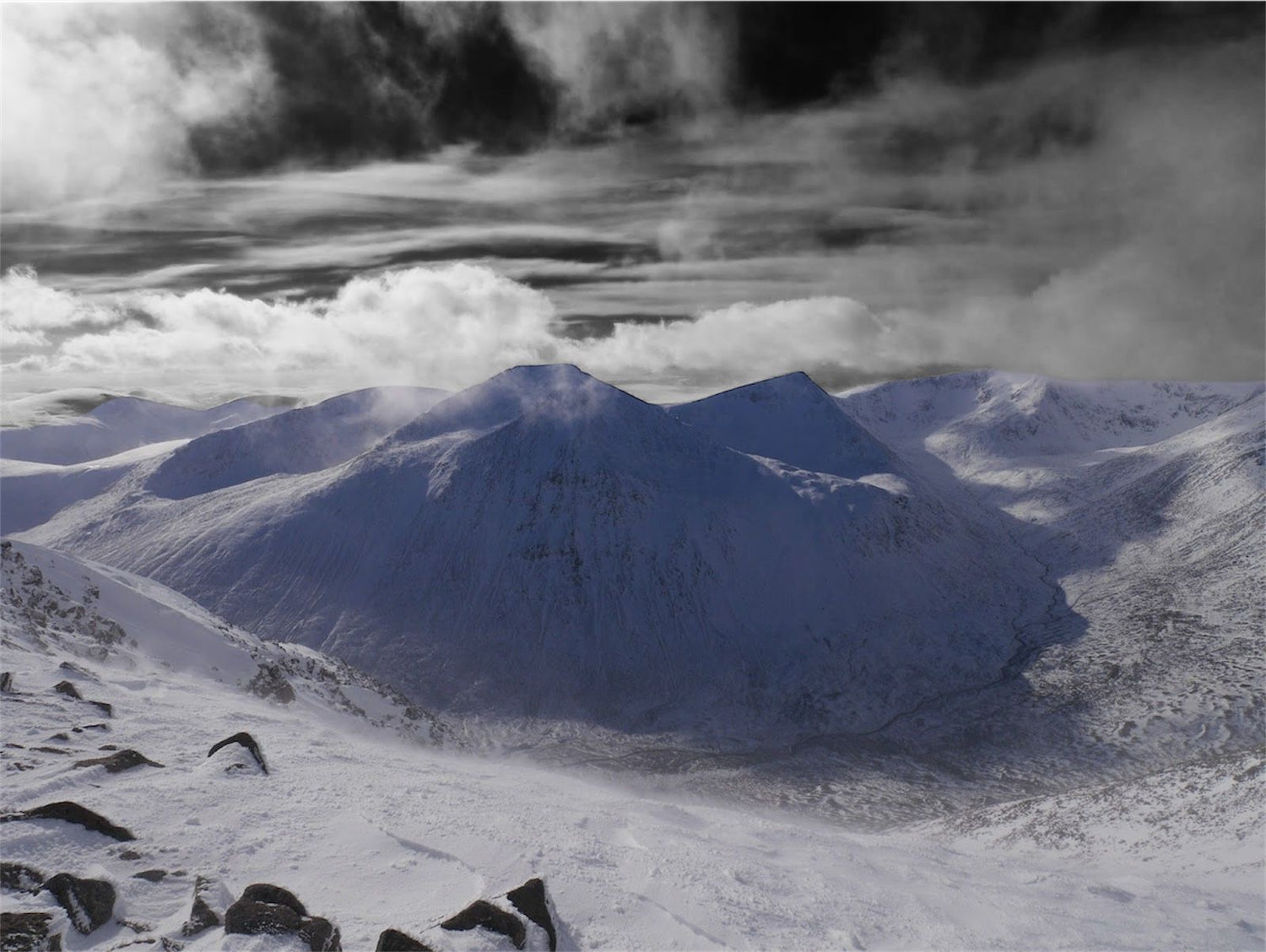Understanding the Effects of Altitude: Essential Tips for Mountain Climbers and Wild Campers
When embarking on a mountain climbing or wild camping adventure, understanding the effects of different altitudes on your body is crucial for a safe and enjoyable experience. At Mountain Leisure Clothing in Liverpool, we supply high-quality gear across the UK to ensure you're well-prepared for these challenges. In this blog, we explore how altitude affects the body and why it’s essential to be aware of these effects.
As you ascend to higher altitudes, the air becomes thinner, meaning there is less oxygen available for your body to use. This decrease in oxygen can lead to a range of physiological changes. One of the most immediate effects is an increase in breathing rate as your body attempts to take in more oxygen. You may also experience an elevated heart rate as your heart works harder to pump oxygenated blood to your muscles and organs. These adjustments are your body’s way of trying to cope with the reduced oxygen levels.
One of the most common conditions encountered at high altitudes is acute mountain sickness (AMS). AMS typically occurs at elevations above 2,500 meters (8,200 feet) and is characterized by symptoms such as headache, nausea, dizziness, fatigue, and shortness of breath. While mild symptoms might only be uncomfortable, they can escalate into more severe conditions such as high-altitude cerebral edema (HACE) and high-altitude pulmonary edema (HAPE), both of which are potentially life-threatening. Recognizing the symptoms early and descending to a lower altitude can mitigate these risks.
Proper acclimatization is essential to prevent altitude sickness. Acclimatization involves gradually ascending to higher elevations, allowing your body time to adjust to the lower oxygen levels. A common strategy is the "climb high, sleep low" approach, where climbers ascend to higher altitudes during the day and descend to lower altitudes to sleep. This method helps the body to gradually adapt to the changes in oxygen availability.
Hydration is another critical factor when climbing at high altitudes. The dry air at higher elevations can lead to quicker dehydration, so it’s important to drink plenty of fluids. Dehydration can exacerbate the symptoms of altitude sickness, making it even more important to maintain adequate hydration levels.
Nutrition also plays a key role in how well your body copes with high altitudes. Eating a balanced diet rich in carbohydrates can provide the necessary energy for strenuous activities like climbing. Carbohydrates require less oxygen for metabolism compared to fats and proteins, making them an ideal energy source at high altitudes.
Clothing and gear are also vital components of a successful high-altitude expedition. At Mountain Leisure Clothing, we offer a range of high-performance clothing designed to keep you warm, dry, and comfortable. Layering is essential to regulate your body temperature, as conditions can vary dramatically with changes in altitude and weather. Our clothing is designed to wick moisture away from the skin, retain heat, and provide a barrier against wind and rain.
In conclusion, understanding how different altitudes affect your body is essential for anyone planning to climb mountains or engage in wild camping. Proper preparation, including gradual acclimatization, staying hydrated, eating the right foods, and using appropriate clothing and gear, can make the difference between a challenging but enjoyable adventure and a dangerous experience. At Mountain Leisure Clothing, we are committed to providing the best gear to help you safely enjoy your mountain adventures across the UK.
Explore Without Limits!






